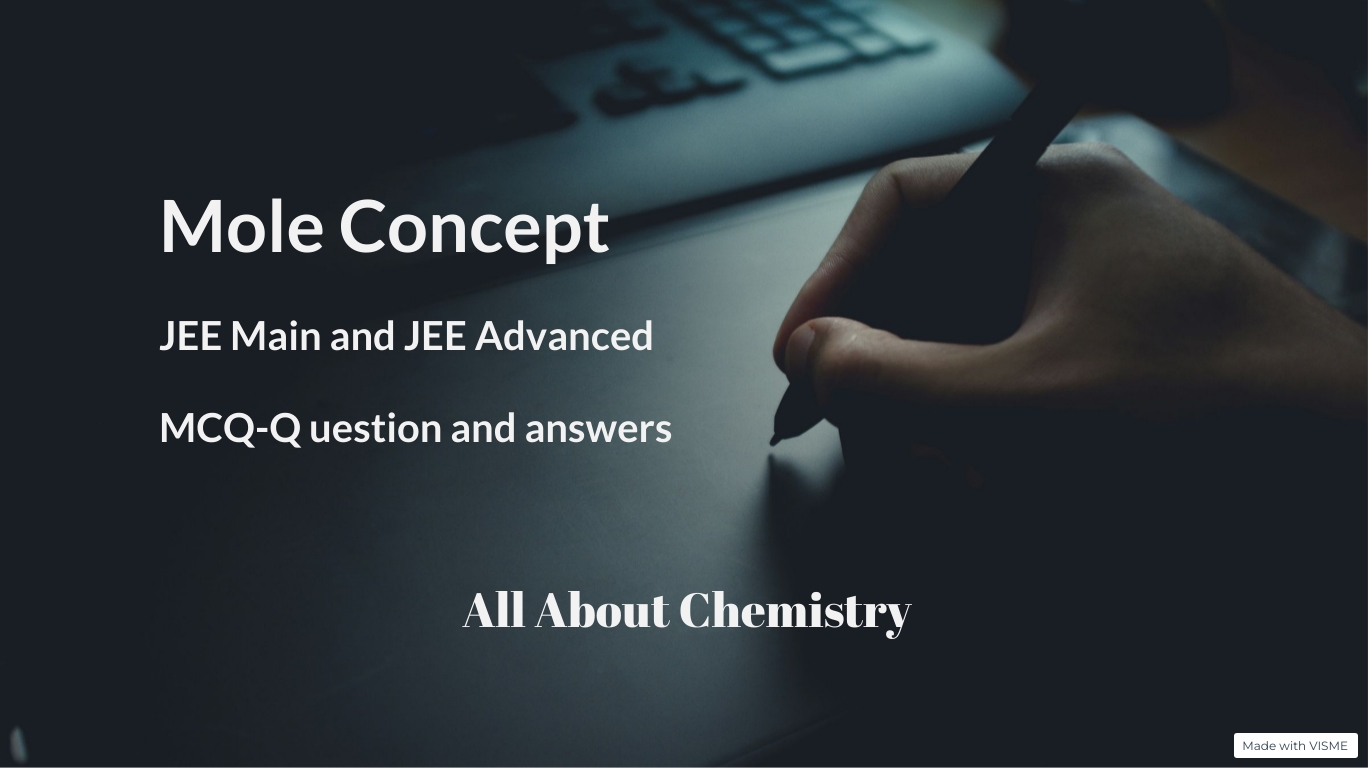The Hunsdiecker-Borodin halogenation reaction is a method used to convert a carboxylic acid into an alkyl halide. This reaction is typically applied to primary and secondary carboxylic acids and involves the conversion of the carboxylic acid functional group (–COOH) into an alkyl halide functional group (–CX3, where X is a halogen atom).
The reaction proceeds in several steps:
- Formation of Silver Carboxylate: The carboxylic acid reacts with a stoichiometric amount of silver (I) salt (typically silver(I) oxide or silver carbonate) in the presence of a halogenating agent, such as bromine or chlorine, in an inert solvent (such as chloroform or carbon tetrachloride). This results in the formation of a silver carboxylate salt.
- Homolytic Cleavage: The silver carboxylate undergoes homolytic cleavage, resulting in the formation of a carboxylate radical and a silver halide salt. This step is initiated by the presence of a radical initiator, such as a peroxide or light, which provides the energy required to break the bond between the silver and the carboxylate group.
- Radical Halogenation: The carboxylate radical generated in the previous step reacts with the halogenating agent, leading to the abstraction of a halogen atom (X) from the halogenating agent. This results in the formation of an alkyl radical and a halide ion. The alkyl radical subsequently reacts with another molecule of the halogenating agent to form the alkyl halide product.
The overall reaction can be summarized as follows:
Carboxylic acid+Ag(I) salt+Halogenating agent→Alkyl halide+AgX+Carboxylate radical

The Hunsdiecker-Borodin halogenation reaction has several important applications in organic synthesis:
- Preparation of Alkyl Halides: The primary application of the Hunsdiecker-Borodin reaction is in the synthesis of alkyl halides from carboxylic acids. This reaction provides a straightforward method for converting carboxylic acids into alkyl halides, which are valuable intermediates in organic synthesis. Alkyl halides can undergo further functional group transformations, such as nucleophilic substitution, elimination, or coupling reactions, to yield a wide variety of organic compounds.
- Functional Group Interconversions: The Hunsdiecker-Borodin reaction can be used for functional group interconversions in organic synthesis. By converting a carboxylic acid functional group into an alkyl halide, chemists can introduce new functional groups or modify existing ones in organic molecules. This can be particularly useful in the synthesis of complex natural products or pharmaceuticals, where specific functional groups are required at certain stages of the synthesis.
- Synthesis of Organometallic Compounds: Alkyl halides produced via the Hunsdiecker-Borodin reaction can serve as precursors for the synthesis of organometallic compounds. For example, alkyl halides can react with metals such as magnesium or lithium to form Grignard reagents or organolithium compounds, respectively. These organometallic reagents are versatile intermediates in organic synthesis and can undergo a variety of reactions, including nucleophilic addition, cross-coupling, and metal-halogen exchange reactions.
- Natural Product Synthesis: The Hunsdiecker-Borodin reaction can be employed in the synthesis of natural products, where alkyl halides are key intermediates. By using carboxylic acids derived from natural sources as starting materials, chemists can access complex natural products through strategic functional group transformations. The versatility and efficiency of the Hunsdiecker-Borodin reaction make it a valuable tool in natural product synthesis.
Overall, the Hunsdiecker-Borodin halogenation reaction is a versatile method for the synthesis of alkyl halides and their derivatives. Its applications span a wide range of synthetic transformations in organic chemistry, making it a valuable tool for the synthesis of diverse organic compounds.










